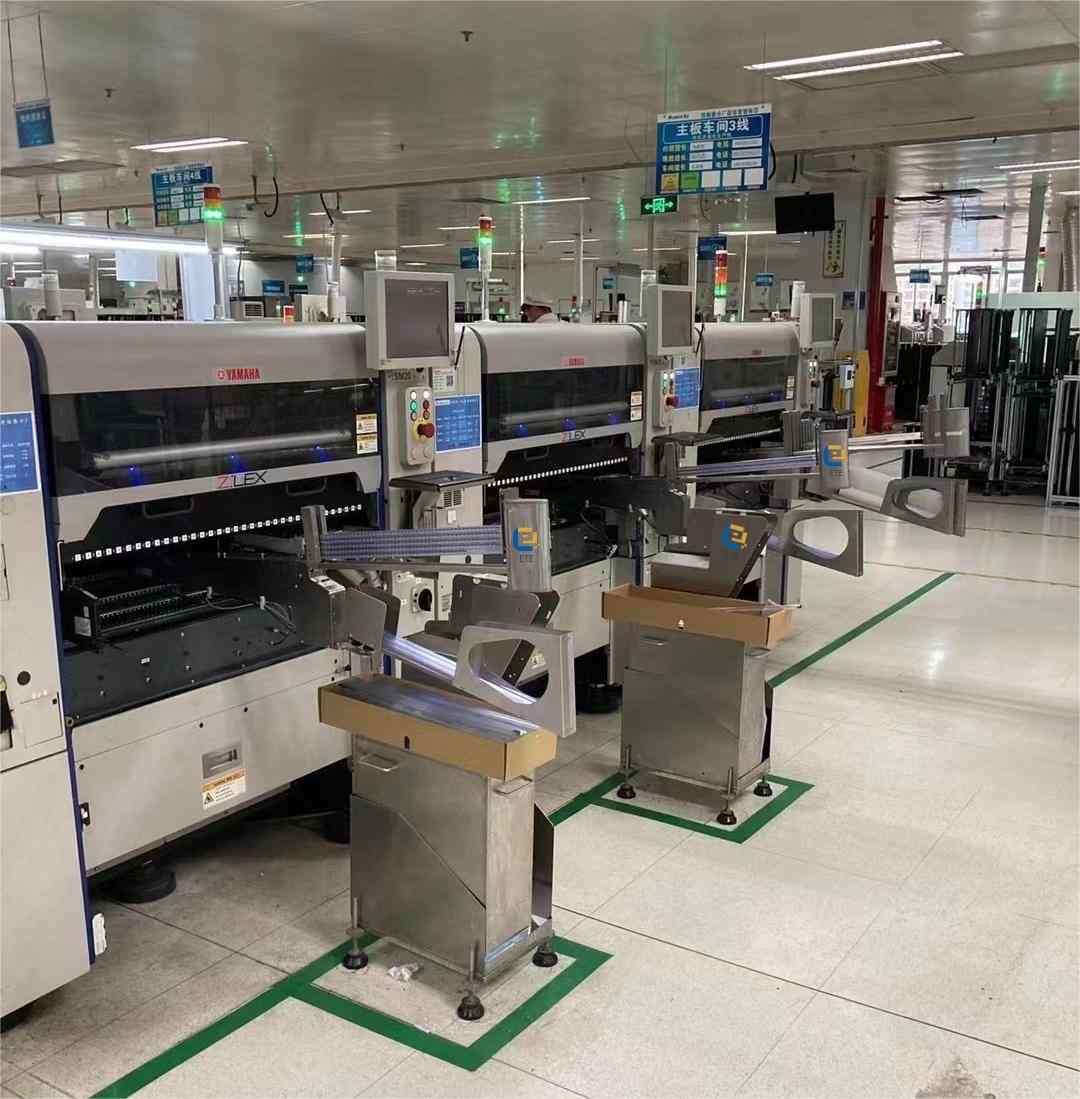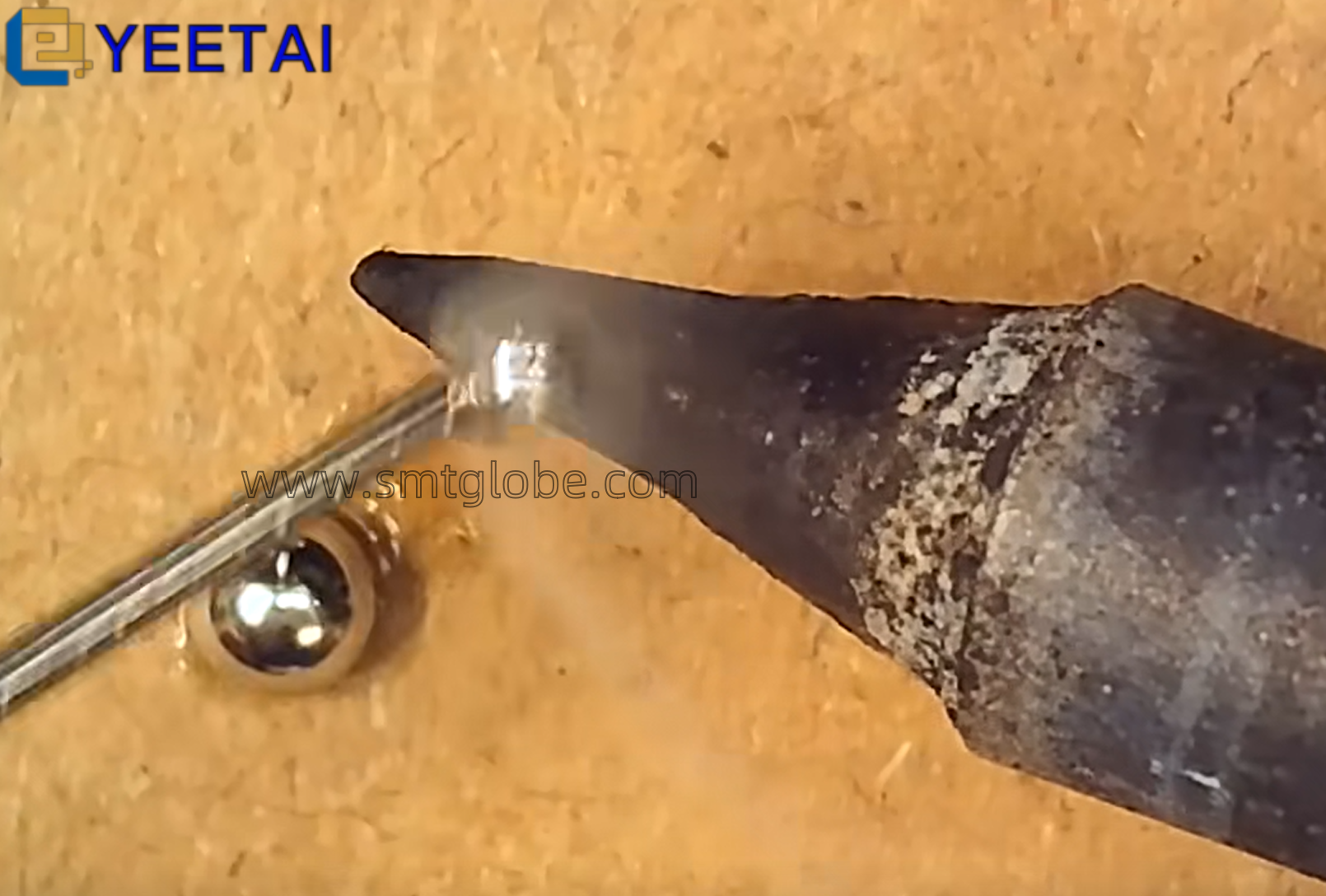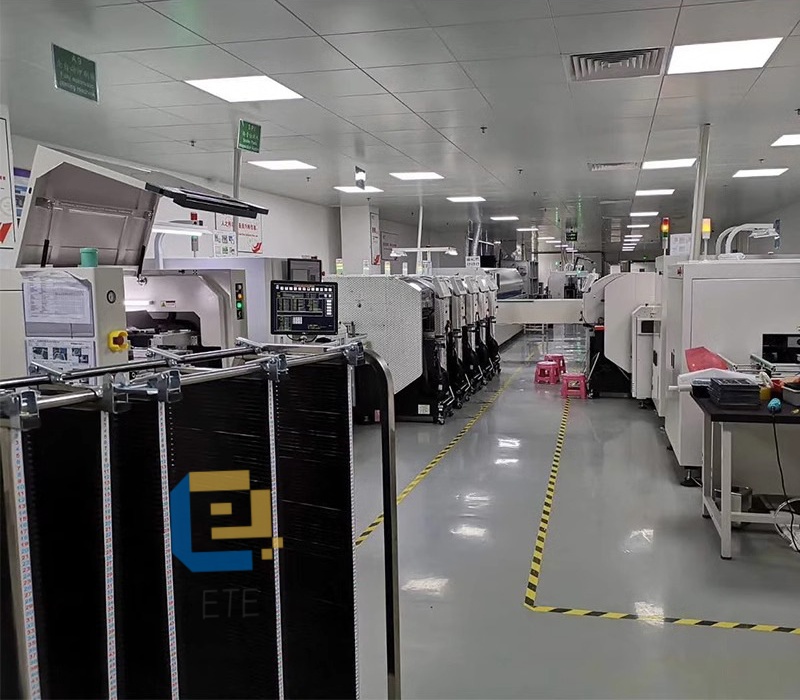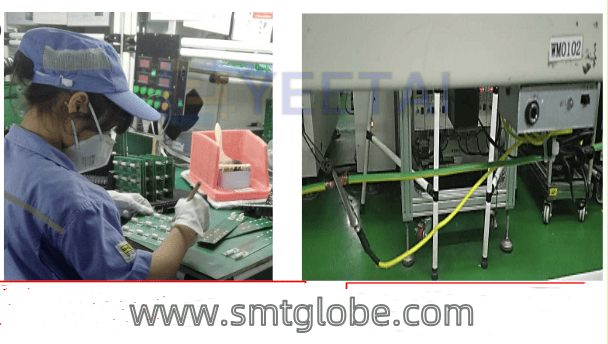Pick-and-place machine feeders, also known as SMT (Surface Mount Technology) feeders, play a crucial role in supplying SMD (Surface Mount Device) components to the machine’s placement head. Proper operation and maintenance are vital to ensure the efficiency and reliability of these feeders. Here’s a summary of important rules and best practices that every operator should follow when using pick-and-place machine feeders.

Key Rules for Using Pick-and-Place Machine Feeders
- Check the Feeder Cover
Operators must ensure that the feeder’s cover is securely fastened before loading components. This prevents damage to the suction nozzle. It is essential to differentiate between tape and paper feeders to avoid issues with component pickup. - Inspect Feeder Hooks
After attaching the feeder to the pick-and-place machine, check that the hooks are securely fastened. If the feeder still wobbles, it should be replaced immediately and sent to the maintenance team for repairs. - Monitor for Loose Parts
If any loose feeder components are observed in the Z-axis of the pick-and-place machine, notify the maintenance staff immediately. The machine should not be operated until the issue has been inspected and resolved. For high-speed feeders, verify that the inner cover rotates correctly; if not, it needs replacement. For medium-speed feeders, check the beak for wear. Timely replacements can prevent unnecessary component loss. - Proper Storage When Not in Use
Feeders that are temporarily not in use should have their upper covers secured and be returned to their designated storage racks. When moving feeders, manually transport them over short distances and use trolleys for longer distances. Do not stack more than three feeders to avoid deformation. - Securely Fasten All Feeders
All feeders placed on the Z-axis must be properly secured and should not be floating or positioned too high. - Avoid Improper Labeling
Do not stick arbitrary labels on pick-and-place machine feeders. After using the cover, ensure it is placed in its designated location. - Label Defective Feeders
Any faulty feeders should be marked with a red label and sent to maintenance for further inspection and repair. - No Missing Parts
Any feeder that has missing parts must not be used under any circumstances.
Conclusion
By following these essential rules, staff can use pick-and-place machine feeders more effectively, reducing quality deviations and enhancing production yield rates. Understanding and adhering to these guidelines helps maintain operational efficiency and product quality.
At YEETAI, we produce all kinds of feeder to upgrade SMT machines.



